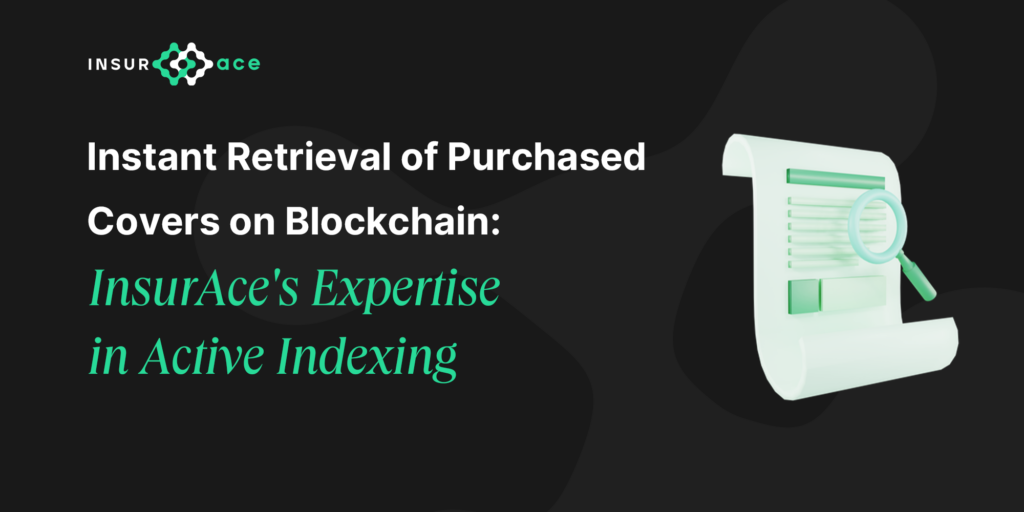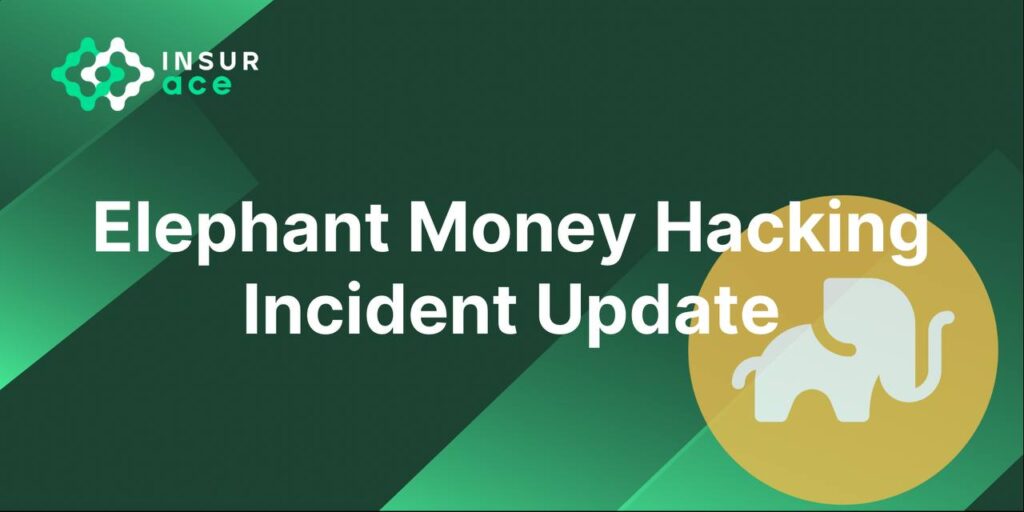Let’s start with some basic info…
A popular web3 architecture involves a decentralized application (dApp) that enables users to interact directly with the blockchain.
To facilitate communication between the dApp and blockchain, a remote procedure call (RPC) provider is typically used, which the user configures within their wallet. While this approach is effective for submitting transactions, such as purchasing covers, limitations emergees to querying data from the blockchain.
One of the main challenges is that blockchains are renowned for their slow performance, and many of today’s RPC providers impose strict time limits on queries.
This means that if a user has a large number of records, they must be split into multiple RPC requests to avoid exceeding the time limit.
Additionally, some blockchains have limits on querying, such as prohibiting array parameters with more than 100 items in BSC when querying the smart contract.
Furthermore, blockchains cannot handle complex queries, such as joins and aggregations, which makes it challenging to retrieve specific information.
Finally, querying blockchains can be more expensive than querying traditional web2 APIs as it consumes users’ RPC calls.

Looks complicated, right?
To overcome these above-mentioned challenges, web3 developers commonly use a data indexing service, such as Subgraph, to pull information from the blockchain consistently.
Data indexing is a technique commonly used by web3 developers to retrieve data from the blockchain efficiently.
It involves indexing the data and saving it in a database, which can be queried via an API by the dApp.
This approach enables developers to bypass the limitations of querying the blockchain directly and take advantage of the benefits of traditional databases, such as faster query times and more complex queries.
By using a data indexing service, web3 developers can retrieve information quickly and efficiently, thereby improving the user experience.
However, there are some tradeoffs, such as the need for periodic synchronization with the blockchain to ensure that the indexed data remains up-to-date.
Active indexing is a feature in a data indexing service that ensures that information is indexed immediately after a user submits a transaction in a dApp.
So how it works?
When a user successfully submits a transaction, such as purchasing a cover, the dApp promptly instructs the data indexer to retrieve the relevant information from the blockchain and save it to the database.
This approach enables the dApp to provide users with a seamless experience by ensuring that the most up-to-date information is immediately available to them.
It involves indexing the data and saving it in a database, which can be queried via an API by the dApp.
This strategy has proven to be highly effective as it enables developers to retrieve information quickly and efficiently, thereby improving the user experience.
Benefits?
By using a data indexing service, web3 developers can bypass the limitations of querying the blockchain directly and take advantage of the benefits of traditional databases, such as faster query times and more complex queries.
Additionally, using a data indexing service can help developers save on the cost of querying the blockchain directly.
However, there are some tradeoffs, such as the need for periodic synchronization with the blockchain to ensure that the indexed data remains up-to-date.
Despite these challenges, data indexing services are becoming increasingly popular in the web3 ecosystem as they offer an efficient and reliable way to retrieve data from the blockchain.

As the data indexer operates separately, there may be a slight delay in indexing cover information into the local database after a user purchases it.
This can result in the user not immediately seeing their purchased cover in the dApp. To solve this issue, we have introduced an active indexing feature in our data indexing service.
Active indexing ensures that the information is indexed before the user’s action in the dApp is confirmed.

In conclusion,
Data indexing services are essential for web3 developers to retrieve data from the blockchain quickly and efficiently.
While there are tradeoffs, such as the need for periodic synchronization with the blockchain, active indexing features like the one we’ve implemented can help mitigate these challenges and provide users with a seamless and reliable experience.

About us:
InsurAce is a leading decentralised insurance protocol, providing reliable, robust and secure insurance services to DeFi users, allowing them to secure their investment funds against various risks. Being the 1st in the industry to offer cross-chain portfolio-based covers, InsurAce enables users to get unbeatable low premiums.
InsurAce has been live since April 2021 and has built a full-spectrum cross-chain insurance product line, covering Smart Contract Vulnerabilities, Stablecoin De-Peg events, IDO risks, and Custodian Risks… protecting over $350m of assets of 5000+ customers!
Join the InsurAce community:
Discord: https://discord.com/invite/vCZMjuH69F
Telegram: https://t.me/insurace_protocol
Twitter: https://twitter.com/InsurAce_io
Email: contact@insurace.io
Read More about InsurAce: https://www.insurace.io/blog


